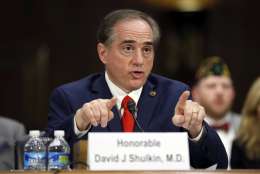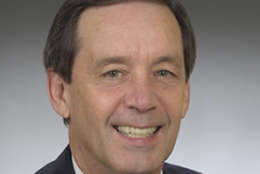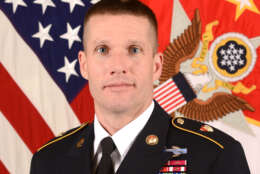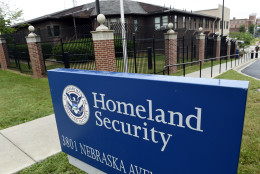Hiring/Retention
-
Jeff Neal, former chief human capital officer at the Homeland Security Department, says there is no painless way to dramatically shrink an organization.
March 03, 2017 -
A recent GAO investigation found that at a number of VHA facilities, lack of knowledge, skill and personnel in the human resources offices is hampering the administration in achieving its medical mission.
March 03, 2017 -
Are civil servants as overworked, fearful and distracted as we're told constantly by the media? Senior Correspondent Mike Causey wants to know.
March 03, 2017 -
Mick Mulvaney was sworn in last week to be the new director Office of Management and Budget, where he'll oversee a promised examination of staffing levels and duplication among agencies. Bob Tobias, professor in the Key Management Program at American University, tells Federal Drive with Tom Temin that there's a missing element here.
March 02, 2017 -
The Trump administration's plan to reduce non-defense discretionary spending by 10 percent means civilian agencies will need to look at programs and personnel, not just for this year, but for the long-term. Some fiscal observers says it's time to consider budget process reform.
March 01, 2017 -
The House Homeland Security Committee and the House and Senate intelligence committees are going to prioritize oversight of how agencies hire and train their workforces to deal with cybersecurity.
February 27, 2017 -
President Donald Trump is calling on Homeland Security Department leadership to hire at least 5,000 new border patrol agents and 10,000 additional Immigration and Customs Enforcement agents and officers. But existing hiring challenges could make that task even more complicated.
February 23, 2017 -
Freezing civilian federal workers might leave the Navy short the engineers it needs to build up to 355 ships.
February 23, 2017 -
The Marine Corps is in the midst of a sweeping review of its information technology workforce, the early results of which have confirmed what top officials suspected: many employees’ official position descriptions don’t have much to do with what they actually do for a living.
February 23, 2017 -
The White House's chief digital officer stepped down after only a month on the job. Sources familiar with the departure say Gerrit Lansing did not want to give up his ties to an online donation platform he helped start.
February 22, 2017 -
The Defense Department will move nearly a quarter of a million workers to the New Beginnings system in April.
February 20, 2017 -
Problems transferring licenses from military to civilian world or from one state to another are starting to get attention in Congress.
February 17, 2017 -
The Homeland Security Department is making steps toward a "Unity of Effort" but first leadership must address a wide range of management concerns like IT, financial systems and human capital.
February 17, 2017 -
Senior Correspondent Mike Causey wants to know if $25,000 is enough to lure you out of your job.
February 17, 2017 -
Is Washington choking inside a great federal hiring freeze or is this just the gentle breeze that usually follows a new presidential team while it attempts to tame the bureaucratic monster they ran against?
February 16, 2017















